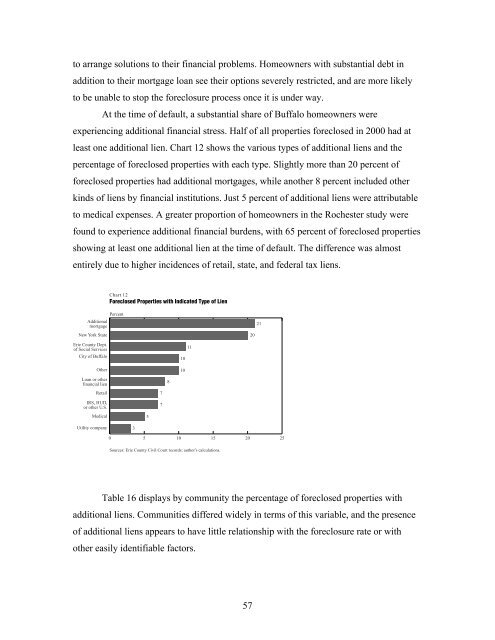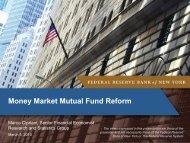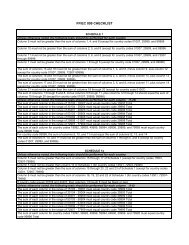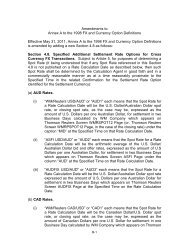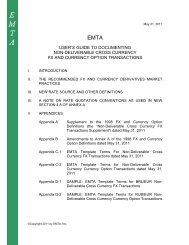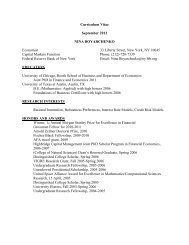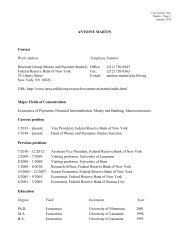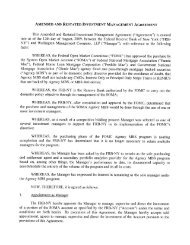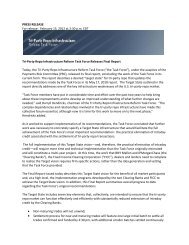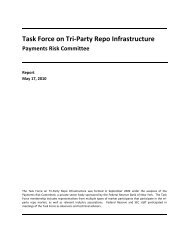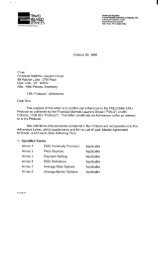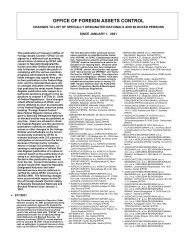Residential Foreclosures in the City of Buffalo, 1990-2000 - Federal ...
Residential Foreclosures in the City of Buffalo, 1990-2000 - Federal ...
Residential Foreclosures in the City of Buffalo, 1990-2000 - Federal ...
You also want an ePaper? Increase the reach of your titles
YUMPU automatically turns print PDFs into web optimized ePapers that Google loves.
to arrange solutions to <strong>the</strong>ir f<strong>in</strong>ancial problems. Homeowners with substantial debt <strong>in</strong><br />
addition to <strong>the</strong>ir mortgage loan see <strong>the</strong>ir options severely restricted, and are more likely<br />
to be unable to stop <strong>the</strong> foreclosure process once it is under way.<br />
At <strong>the</strong> time <strong>of</strong> default, a substantial share <strong>of</strong> <strong>Buffalo</strong> homeowners were<br />
experienc<strong>in</strong>g additional f<strong>in</strong>ancial stress. Half <strong>of</strong> all properties foreclosed <strong>in</strong> <strong>2000</strong> had at<br />
least one additional lien. Chart 12 shows <strong>the</strong> various types <strong>of</strong> additional liens and <strong>the</strong><br />
percentage <strong>of</strong> foreclosed properties with each type. Slightly more than 20 percent <strong>of</strong><br />
foreclosed properties had additional mortgages, while ano<strong>the</strong>r 8 percent <strong>in</strong>cluded o<strong>the</strong>r<br />
k<strong>in</strong>ds <strong>of</strong> liens by f<strong>in</strong>ancial <strong>in</strong>stitutions. Just 5 percent <strong>of</strong> additional liens were attributable<br />
to medical expenses. A greater proportion <strong>of</strong> homeowners <strong>in</strong> <strong>the</strong> Rochester study were<br />
found to experience additional f<strong>in</strong>ancial burdens, with 65 percent <strong>of</strong> foreclosed properties<br />
show<strong>in</strong>g at least one additional lien at <strong>the</strong> time <strong>of</strong> default. The difference was almost<br />
entirely due to higher <strong>in</strong>cidences <strong>of</strong> retail, state, and federal tax liens.<br />
Additional<br />
mortgage<br />
New York State<br />
Erie County Dept.<br />
<strong>of</strong> Social Services<br />
<strong>City</strong> <strong>of</strong> <strong>Buffalo</strong><br />
O<strong>the</strong>r<br />
Loan or o<strong>the</strong>r<br />
f<strong>in</strong>ancial lien<br />
Retail<br />
IRS, HUD,<br />
or o<strong>the</strong>r U.S.<br />
Medical<br />
Chart 12<br />
Foreclosed Properties with Indicated Type <strong>of</strong> Lien<br />
Percent<br />
5<br />
7<br />
7<br />
Sources: Erie County Civil Court records; author’s calculations.<br />
8<br />
10<br />
10<br />
Utility company<br />
3<br />
0 5 10 15 20 25<br />
11<br />
Table 16 displays by community <strong>the</strong> percentage <strong>of</strong> foreclosed properties with<br />
additional liens. Communities differed widely <strong>in</strong> terms <strong>of</strong> this variable, and <strong>the</strong> presence<br />
<strong>of</strong> additional liens appears to have little relationship with <strong>the</strong> foreclosure rate or with<br />
o<strong>the</strong>r easily identifiable factors.<br />
20<br />
57<br />
21


